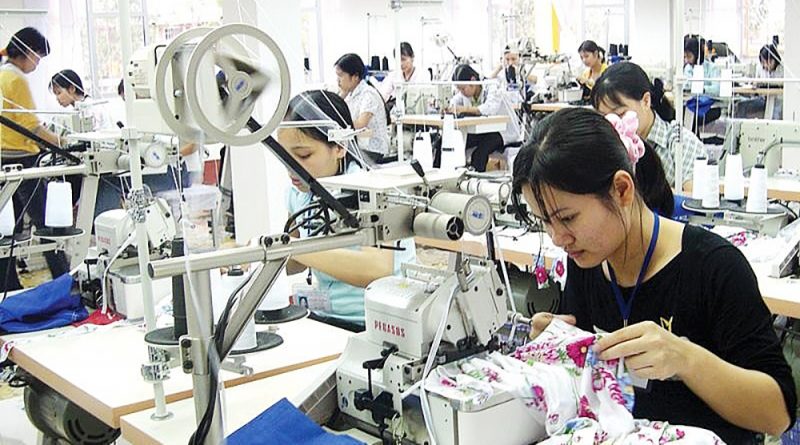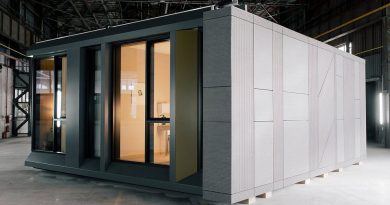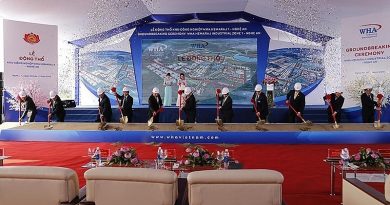Bao Minh textile project to fulfil gap in textile dyeing
Bao Minh textile factory, which is invested by Bao Minh Textile (JSC and will officially go on stream in October 2018, is expected to make great contributions to apparel material supply in Vietnam.
Another million-dollar dyeing textile project
Officially receiving the investment certificate in late 2016 and starting construction in March 2017 on a land area of 99,282 square metres on lot CN4 at Bao Minh Industrial Park (Nam Dinh province), Bao Minh textile factory will officially be inaugurated on October 30, 2018. The factory engages in manufacturing fibre, woven fabric, and textile finishing with total investment capital of nearly VND1,700 billion ($75.2 million).
Equipped with modern facilities and machinery, the factory has conducted a trial run where it demonstrated a capacity to produce some 30 million metres of fabric and 7,200 tonnes of dyed yarn annually.
“The factory’s coming into operation, with a special finishing process developed upon customer request, will strongly boost the firm’s production capability to meet the demand of domestic and foreign customers,” general director of Bao Minh Textile Tran Manh Tuong said.
As one of the largest woven fabric manufacturers in North Vietnam, Bao Minh Textile engages in material and accessories production, ranging from fibre processing and textile to dyeing and finishing, which are considered high-value added activities in the textile and garment industry.
Their production chain concentrates on woven fabrics for shirting, 70 per cent of which is from yarn dye and 30 per cent from piece dye.
Bao Minh Textile offers classic formal, semi-formal, and casual, light-medium weight fabrics from 120 to 300 gsm. Besides, they also offer commissioning for yarn dye, weaving, finishing, and continuous dyeing, while a special finishing process can also be developed upon customer request.
Up- and mid-stream projects few and far between
Having attracted large investment volumes in the past years, the exports of the textile and garment industry in Vietnam recently stand at $35-37 billion.
In the first three quarters of 2018, the industry’s export turnover reached $20 billion, and the figure is estimated to reach $35 billion by the end of the year.
However, the up- and mid-stream projects, which include fabric manufacturing, textile, and finishing, are still limited and mainly rely on imports.
For instance, in 2017, the export turnover of the textile and garment industry hit $31 billion, whereas material import reached $18.91 billion ($11.2 billion of which was spent on importing fabrics, $2.4 billion on cotton, $1.76 billion on fibres, and $3.55 billion on accessories).
Vice chairman Truong Van Cam of the Vietnam Textile and Apparel Association (Vitas) stated that despite the recent skyrocketing of exports, the up and mid-stream sectors remain the Achilles heel of the industry.
Annually, Vietnam produces some 1.4 million tonnes of fibres, 90 per cent of which is reserved for exportation. On the other hand, still 876,000 tonnes of fibres were imported to Vietnam in 2017, mostly from China, Korea, and Taiwan.
“In addition, nearly 80 per cent of fabrics addressing both export orders and domestic consumption are imported from China (50 per cent), Korea (18 per cent), and Taiwan (15 per cent). Correspondingly, the textile dyeing segment is threatened by imports,” Cam said.
In these circumstances, the Vietnamese textile and garment industry is in urgent need of large-scale material and accessory manufacturing projects.
Nevertheless, it is not easy to promote investment in the textile dyeing sector. Recently, numerous textile dyeing projects worth millions of dollars have been refused by local authorities because of the high risk of environmental pollution.
Source: vir.com.vn







